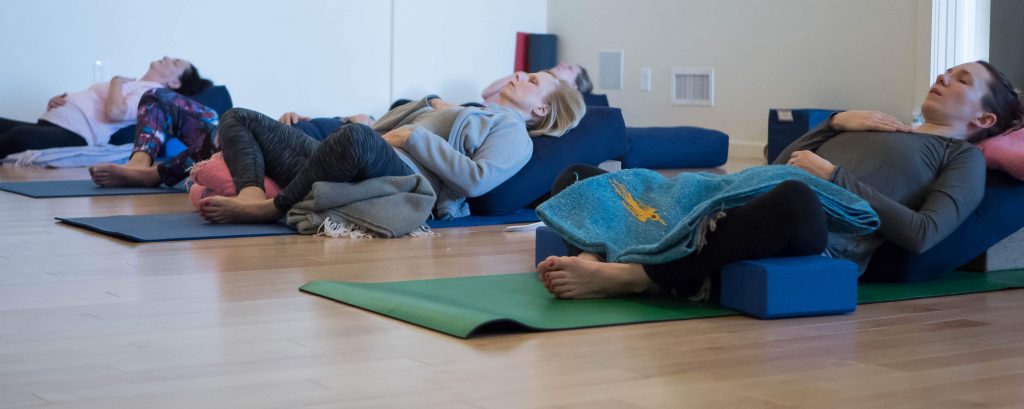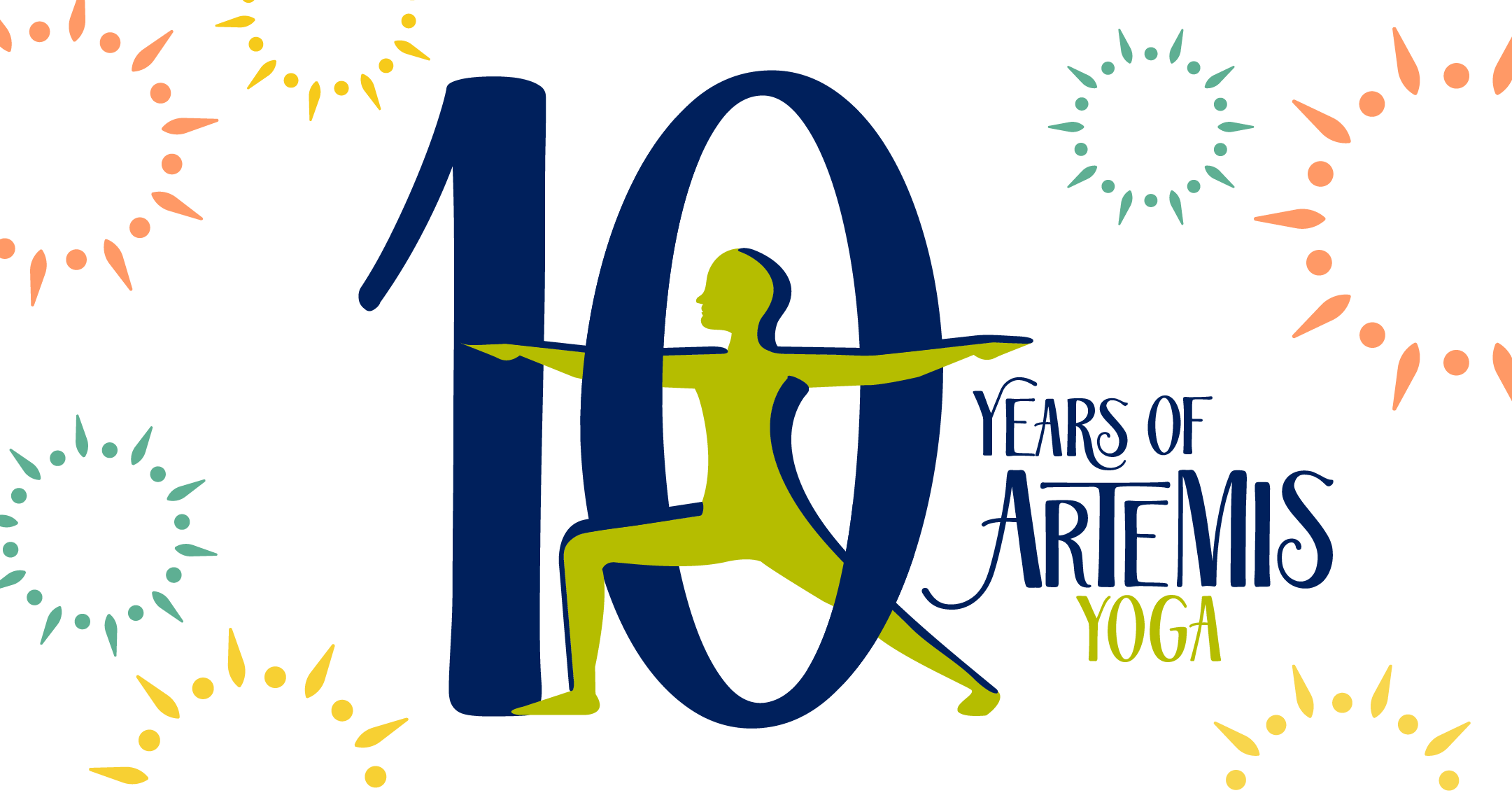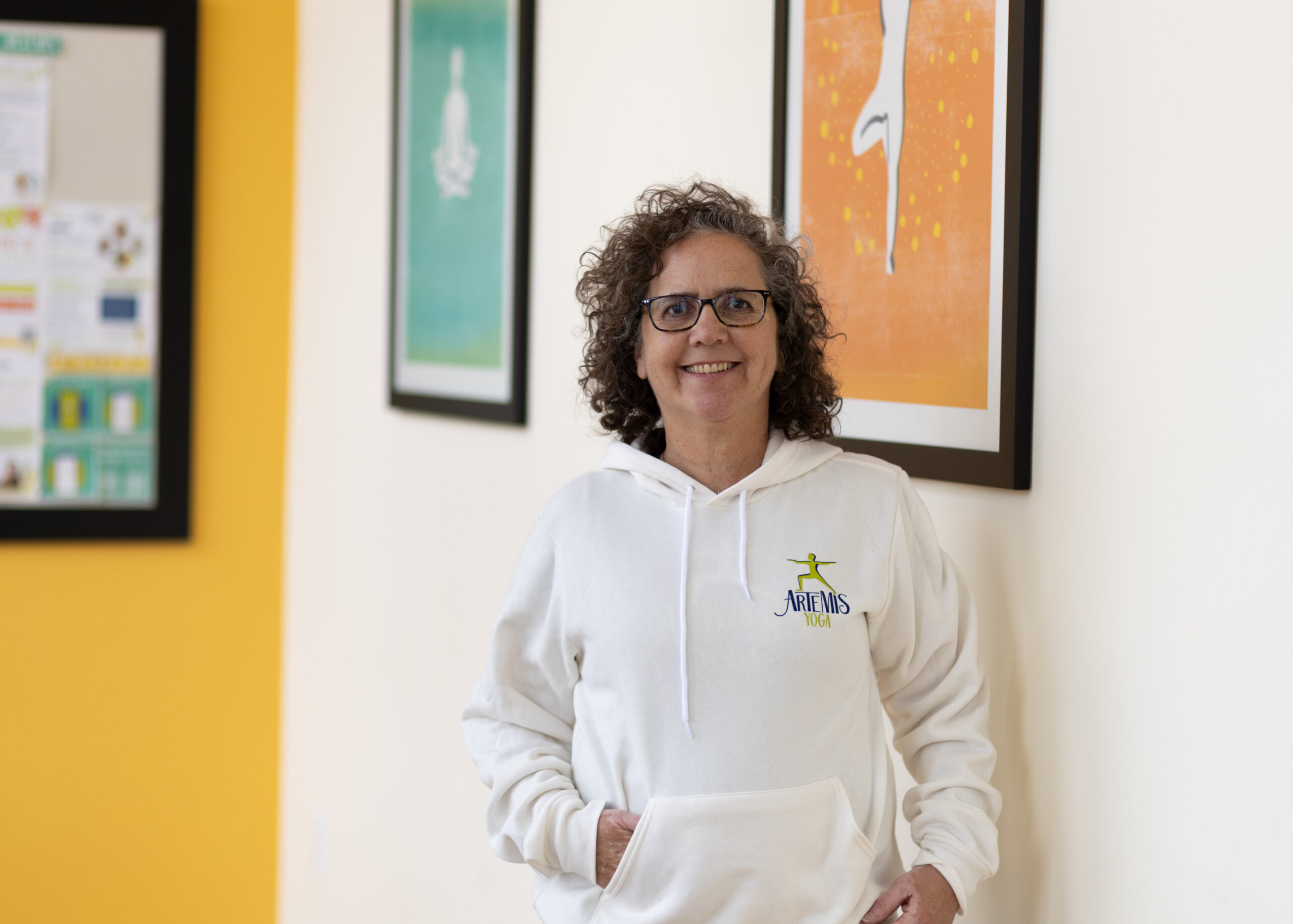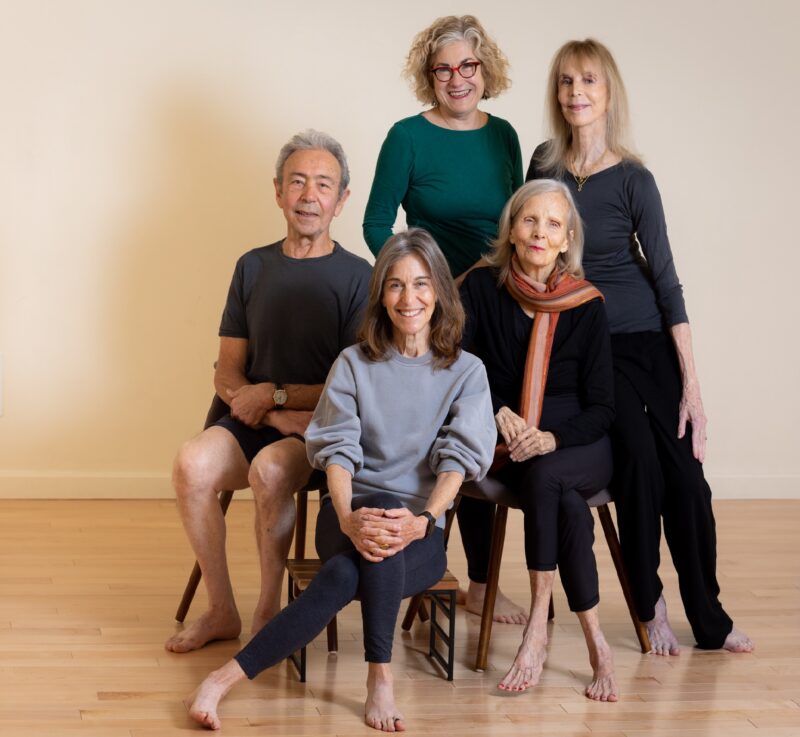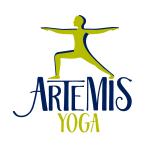Learning to work with the breath is important as our breath is our source of energy and life. In yoga, this work is called Pranayama. Pranayama is the entry way to a meditative practice and the best yoga tool we have to quiet our nervous system. As one of the 8 limbs of yoga, Pranayama, the 4th limb, “is what the heart is to the human body” (Sutra 2.49), source: BKS Iyengar.
In a pranayama class at Artemis Yoga in Watertown, MA, you will learn the art of becoming sensitive and aware of the incoming and outgoing flow of breath as well as your natural pauses. You will begin with preparatory asanas so that you may observe, encounter and locate the breath in the body and you will learn different techniques both in the lying down and sitting positions. With this interview, Rahel Wasserfall, Certified Iyengar Yoga Teacher (CIYT) shares some insight into what Pranayama is, what it can do for us, and why Asana practice is necessary before!
- What is Pranayama?
Pranayama is breathwork. It’s learning to access the breath in order to localize it in the body, see where it is, and to quiet the mind through technique. “Prana” means energy. So, in Pranayama, we are working with our energy levels in our bodies. While yoga postures work the physical body, pranayama works to create space between the breath and the mind. When we connect the mind to the breath, we become aware of our breath and by doing so, you can quiet the mind and focus. The result of this kind of work is a feeling of quiet that is centered, and present. Pranayama is difficult because in other work you can extend your arm and feel it and see that your arm is stretching. The breath is hard to localize. It is something that is with us from the beginning and to our end when the breath leaves us in death. The breath is a companion that we have all of our life. Without breath, there is no life. When we are anxious, so is our breath. When we are able to bring the mind and the breath together to quiet it, we are in a position to be more attuned to what is. It brings us well being. So in a sense, Pranayama is a well-being tool.
- Why is Asana practice necessary before taking a Pranayama class?
Asana is necessary because the breath is such an elusive part of ourselves- we are very much in contact with it and yet not in contact at the same time. We know that we are breathing all of the time, but we are not aware of our breathing. In Pranayama, we are becoming aware of our breathing- that is, how we breathe and how we bring the breath in contact with the body. In order to do so, we need the openness of the Asana. We need to create a body, a container, where the breath can be. And if your body is not strong or open and if you don’t have those diaphragms open (there are three: lower, middle, and throat), we cannot access the breath. Creating a sequence that is different from a sequence we would do in other classes, but using the same poses, we can create a vacancy, in a sense. We create an opening so that we can then access the breath. Asana is necessary because we cannot start Pranayama until we have a real understanding of opening our bodies through the posture work.
- How do Pranayama classes differ from Iyengar or Flow Yoga classes?
We use the same postures from these classes, but we create a sequence that is different in order to use all of the diaphragms. Depending on what kind of Pranayama we are going to work with, we are going to focus on an area of our body to open it. After, we will be able to work with the breath. It is different because it is quieter; It is a more intimate practice. Students might see that we are using some of the same poses used in Restorative Yoga, but Pranayama is a more quiet practice. A standard class might work for the first half through simple asana or restorative poses and with the use of props (blanket, chair, and bolster) we open the three diaphragms. Then, after that work, when we are more quiet, we can start working with the breath.
- What is your favorite Pranayama breathing exercise?
There are so many of them! It depends on what we need it for. If I need to quiet my mind, I would do an interrupted exhalation pattern. But, if I need to create more fire in me, I would use another kind of breath. So, it depends. As with Asana, the kind of Pranayama that we do depends on what we want to achieve.
- What can students expect from a Pranayama class?
Students can expect to become aware of their body and their breath and the relationship between the breath and their body to quiet their mind and focus. They can expect to learn a few Pranayama exercises. We typically offer Pranayama as a series of classes on a periodic basis as an introduction but you also may find shorter Pranayama techniques in regular classes as well. In a focused Pranayama class series, you will work becoming aware and practicing a lot of repetition so you understand some of the basics. We take it slow as slow is better for breathwork. We explore becoming aware of the breath and where it is. We are work with some basic Pranayama, the sounded breath (Ujayii), interrupted inhalation, interrupted exhalation, and we might touch, at the end, sitting Pranayama. Typically, we start a pranayama sequence by laying down and then sitting Pranayama. In order to achieve sitting Pranayama, you have to have the spine erect (achieved through laying down Pranayama). You have to be able to keep your embodiment strong and need the muscles that are required. At the beginning, it is a lot to ask of someone to do sitting Pranayama. It requires different ways of putting our legs which we will first learn through laying down. Pranayama always comes after Savasana, or after the deep relaxation.
